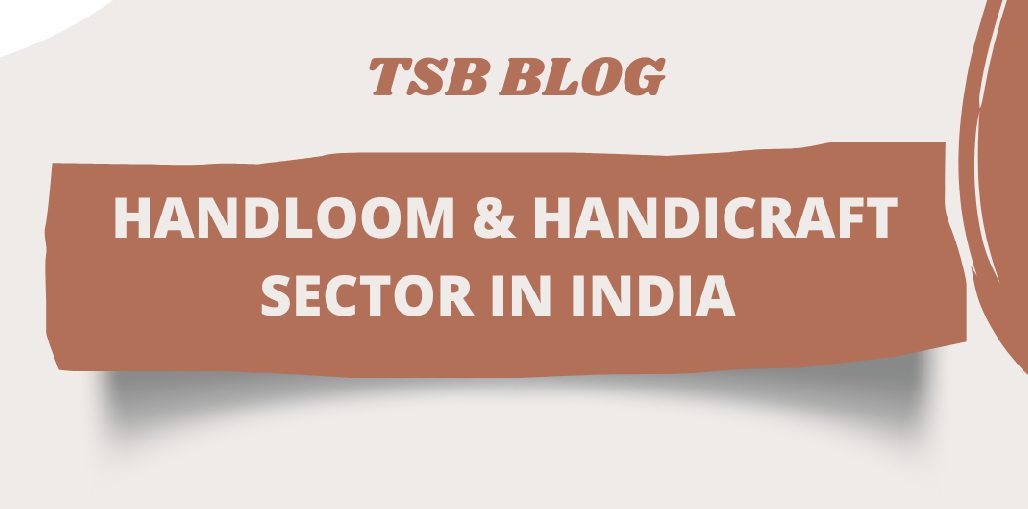
In India, handloom and handicraft form the backbone of the rural economy. These
industries have succeeded in enthralling the globe while remaining deeply rooted in the
country's culture and spirit. It boldly displays the country's traditional beauty, as well as its
priceless heritage. Indian handicrafts have a long history of royal and aristocratic patronage,
which explains why they are so popular around the world. Every piece of handicraft holds
secrets, myths, and beliefs that have been passed down through generations by artisans and
those affiliated with it. These industries, however, suffered due to their unstructured
nature, with additional constraints such as a lack of education, little capital, and limited
exposure to new technology, as well as a lack of market intelligence and a weak institutional
framework.
It is therefore critical to restore the handloom and handicraft industries, not only because
they speak of the country's glorious past, but also because the benefits linked with these
enterprises are numerous. They are extremely labour-intensive, pioneers of
environmentally friendly zero-waste practises, highly dispersed and centralised, have a high
output-to-investment ratio, generate subsidiary off-season employment, generate foreign
exchange from exports, and involve women, minorities, and the weaker sections of the
society. All of these benefits are extremely important for the Indian economy, especially
when given the issues it faces, such as unemployment, severe pollution, and a low
educational rate.
It has been in writing since years, that education is not one’s demand, but one’s right.
However, lack of proper education continues to be one of the major problems. Not only
that, but many individuals are unemployed as a result of the hefty initial investment
required to establish a firm. In such a scenario, handloom and handicraft industry comes
into picture as it requires very little expenditure, training or infrastructure to set up. The
locally available materials and the individual skill is what is needed to make handicrafts.
The tangible and intangible nature of India’s craft heritage, coupled with its regional
uniqueness, presents the country with a competitive global advantage. With the correct
backing and business environment, the Indian craft sector has the potential to grow into a
billion-dollar market. Access to new markets can increase by developing a systematic
approach that nurtures the intrinsic worth of craft skills while also opening doors to product
design and manufacturing. Additionally, as the industry evolves and finds traction,
leveraging e-commerce for online visibility and operational efficiencies will prove to be a
vital success factor. Various craft fairs can also be held in locations such as Delhi Haat,
Kashmir Haat, and others. The government should also actively work to scale up
infrastructure and production chains in handicraft centres, particularly in distant areas
where the sector is unorganised and has not matured to absorb modern developments.
Crafts and their production challenges should also be researched and surveyed, with topics
ranging from raw material availability to product design flaws, quality control procedures,
financial assistance, and other operational issues.